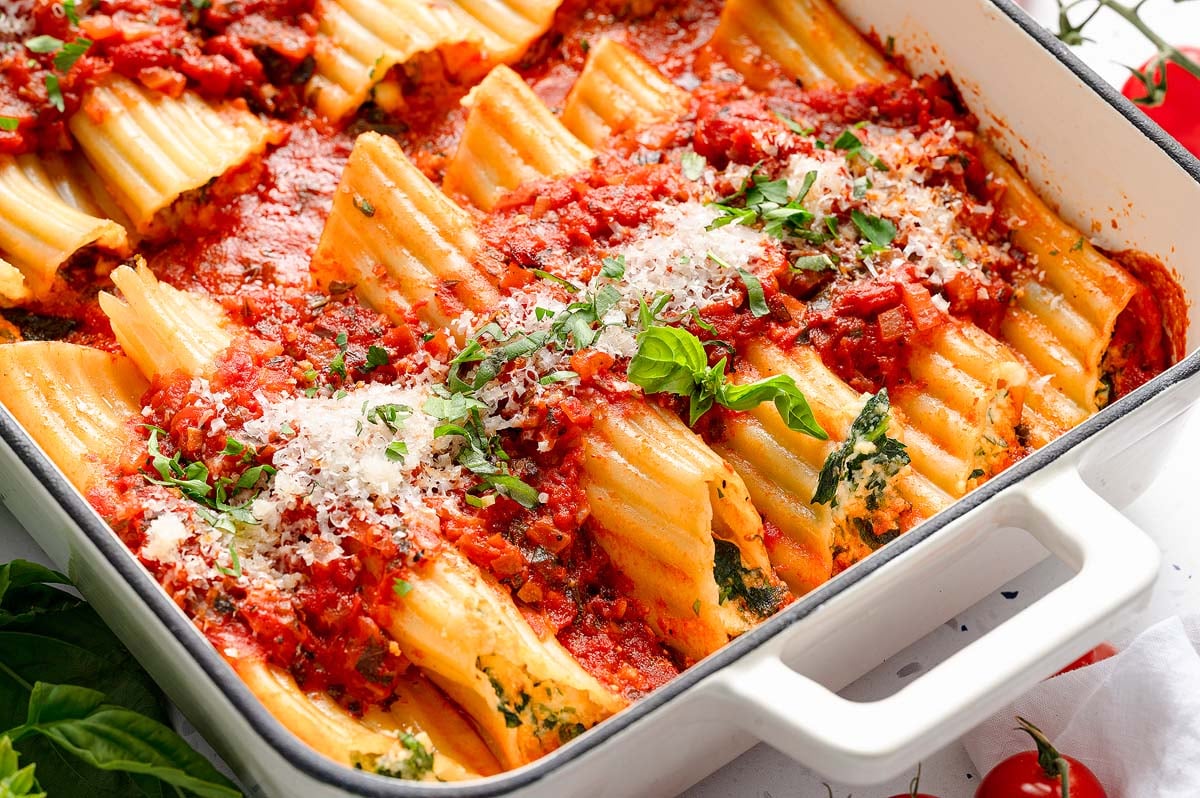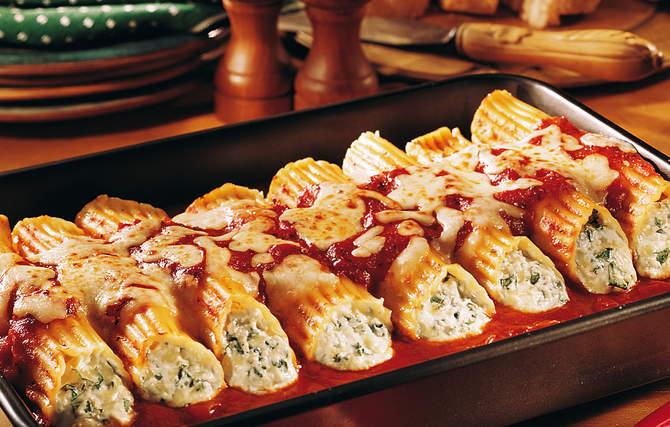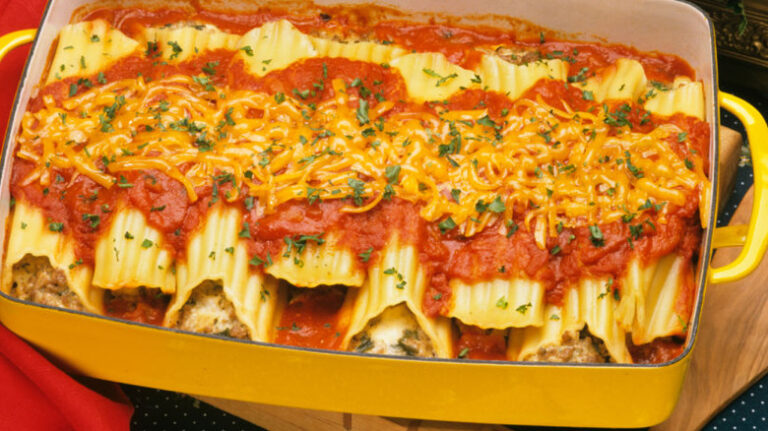History of Mannacote: Tracing the Origins of an Italian Classic
Introduction
Mannacote, often referred to as Manicotti in many regions, is a beloved Italian dish that has stood the test of time. Known for its large pasta tubes filled with cheese, meat, or vegetables, it is baked to perfection with tomato sauce. While today it is a favorite on family tables and restaurant menus, the history of Mannacote reveals a fascinating journey of Italian tradition, regional influence, and culinary creativity.
Origins of Mannacote in Italian Cuisine
Early Roots of Pasta in Italy
The foundation of Mannacote lies in the development of pasta, which dates back to ancient Rome. Historical evidence shows that early Italians used sheets of dough filled with cheese and herbs, resembling a primitive version of baked pasta. This method slowly evolved into filled pasta dishes like ravioli, cannelloni, and eventually Mannacote.
From Cannelloni to Mannacote
Mannacote is often compared to cannelloni because of their similar appearance and preparation. However, while cannelloni is typically filled with meat and associated with southern Italy, Mannacote developed as a simpler and more versatile version, widely embraced across regions. This adaptation allowed home cooks to use seasonal ingredients, making the dish accessible for all families.
Mannacote in Italian Regional Traditions
Northern Italy’s Influence
In northern Italy, where cheese and butter dominate, Mannacote fillings often feature creamy ricotta, spinach, and soft cheeses. The dish was considered a Sunday special, symbolizing family gatherings and celebrations.
Southern Italy’s Flavors
In southern Italy, tomato-based sauces and herbs shaped Mannacote’s identity. Families often added minced meat, garlic, and strong cheeses to create a bold, flavorful version. This variety reflects the Mediterranean climate and agricultural abundance of the south.
Evolution of Mannacote Through the Centuries
Mannacote in Renaissance Italy
During the Renaissance, Italian nobility showcased elaborate pasta dishes at banquets. Mannacote, with its rich fillings and layered presentation, became a dish worthy of noble tables. This period marked its rise as more than just a family meal—it was a symbol of prestige.
Mannacote in Modern Italian-American Culture
When Italian immigrants traveled to the United States in the 19th and 20th centuries, they brought Mannacote with them. In America, it adapted further, often becoming richer with heavy use of cheese, meat, and sauces. Today, it is a staple of Italian-American cuisine, especially during holidays and family gatherings.
Cultural Significance of Mannacote
A Symbol of Family and Celebration
Mannacote is more than food—it represents togetherness. For many Italian families, preparing and baking this dish is a tradition passed from one generation to another, reinforcing cultural identity.
Mannacote in Festivals and Holidays
In Italy and abroad, Mannacote often appears during Christmas, Easter, and special family occasions. Its presence at such events highlights its role as a dish of celebration and joy.
Conclusion
The history of Mannacote reflects Italy’s rich culinary journey, shaped by regional flavors, cultural traditions, and family heritage. From its ancient pasta roots to its role in Italian-American celebrations, Mannacote has evolved into a timeless classic that unites people around the table. Its enduring popularity proves that food is not just about taste—it is about history, memory, and connection.
FAQs
Q1: Is Mannacote the same as cannelloni?
No, while both are tube-shaped pasta dishes, cannelloni traditionally comes from southern Italy and is meat-heavy, whereas Mannacote is more versatile with fillings.
Q2: When did Mannacote first appear in Italy?
It evolved during the early pasta-making traditions of ancient Rome and became more recognizable during the Renaissance.
Q3: Why is Mannacote popular in the United States?
Italian immigrants introduced it in the 19th and 20th centuries, where it adapted into a rich Italian-American comfort food.
Q4: What makes Mannacote special in Italian culture?
Its role in family gatherings, holidays, and celebrations makes it a dish tied deeply to cultural and emotional traditions.
Q5: Can Mannacote fillings vary by region?
Yes, northern Italy favors creamy cheese-based fillings, while southern Italy uses tomato-rich sauces and bold herbs.







